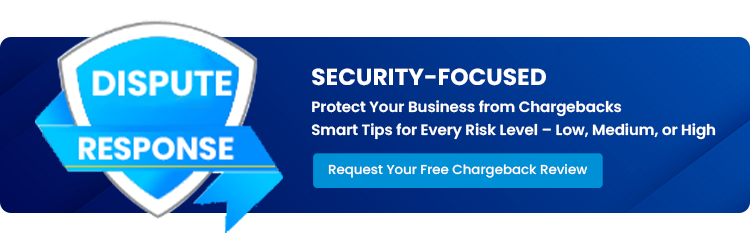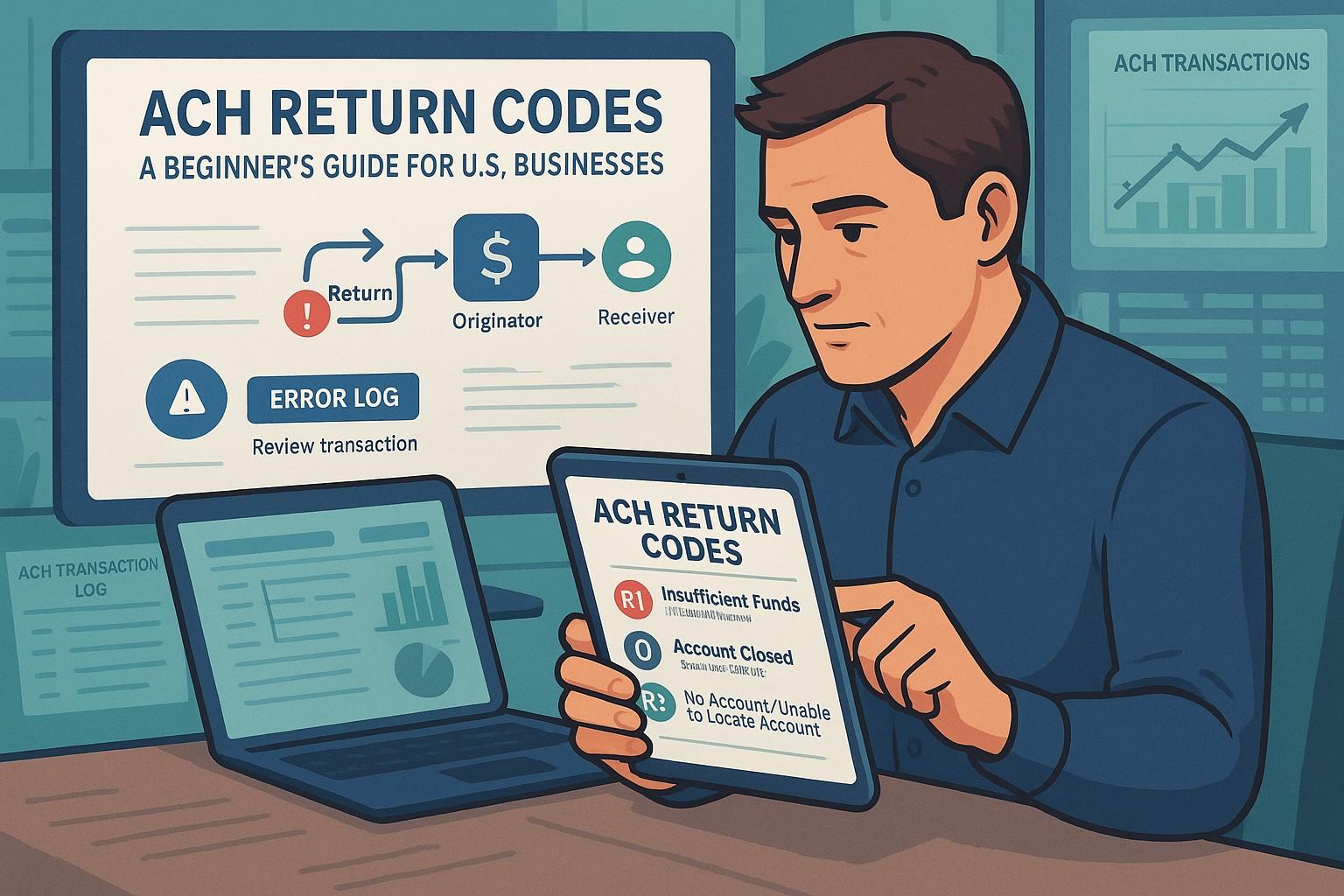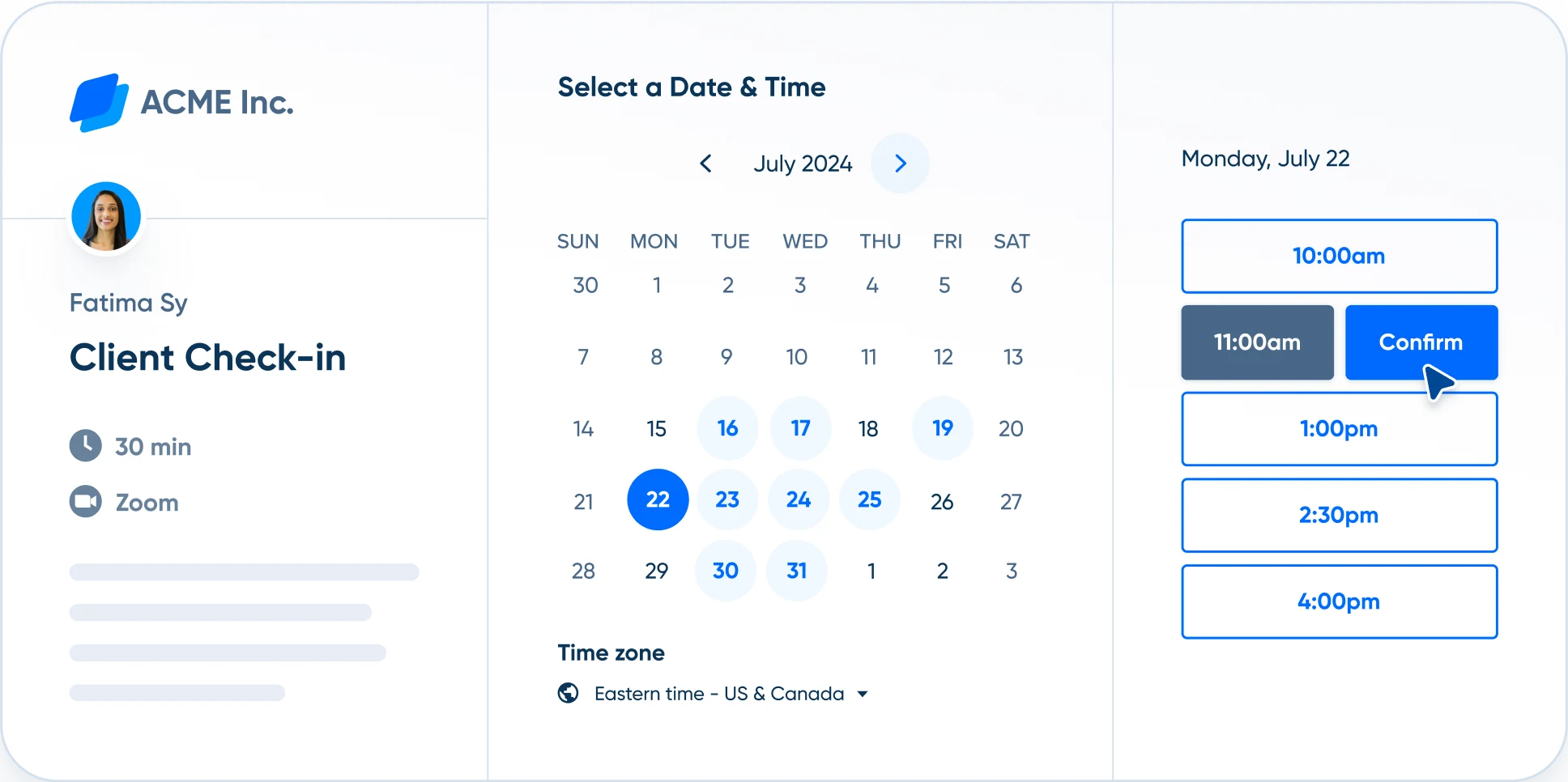Chargeback Management Services - Dispute Response Sep/ 23/ 2025 | 0
In the fast-paced world of payment processing, understanding ACH return codes is essential for businesses to maintain smooth transactions and avoid costly disputes. Whether you’re a small business or a large enterprise, knowing what these codes represent and how to handle them can significantly impact your financial operations.
What Are ACH Return Codes?
An ACH return code is a code issued when an ACH payment is returned or rejected. These codes, provided by the Automated Clearing House (ACH) network, explain why a transaction failed, whether due to insufficient funds, incorrect account details, or other reasons.
Common ACH Return Codes
There are various ACH return codes, each representing a different reason for the payment failure. Understanding these codes helps businesses efficiently resolve issues and prevent future disruptions.
- R01 – Insufficient Funds
This code indicates that the payer’s account does not have enough funds to cover the transaction. It’s one of the most common return codes. - R02 – Account Closed
A “R02” code signals that the payer’s account has been closed, and the transaction cannot be processed. - R03 – No Account/Unable to Locate Account
This return code happens when the bank is unable to locate the recipient’s account. - R04 – Invalid Account Number
An “R04” code means that the account number provided is invalid or incorrect.
How to Handle ACH Return Codes
When you receive an ACH return code, it’s crucial to act swiftly. Here are the steps to follow:
1. Identify the Code
The first step is to carefully review the ACH return code. This helps you understand the reason behind the failure and how to address it.
2. Communicate with the Payer
If the return code indicates an issue with the payer’s account, reach out to them for clarification. It may be necessary to request updated account details or resolve issues such as insufficient funds.
3. Monitor Future Transactions
After addressing the return code, it’s essential to monitor future payments. Implementing preventive measures such as verifying account details before processing payments can help reduce the likelihood of return codes.
Why ACH Return Codes Matter
For businesses, ACH return codes are more than just a signal of failure. They provide valuable insights into your payment processing system. By understanding why payments fail and resolving these issues promptly, businesses can improve cash flow, reduce chargebacks, and enhance customer satisfaction.

Email us anytime!
Email customer service 24/7

Call us anytime!
Reach customer care 24/7 at +1 (888) 927-5152
Conclusion
Navigating ACH return codes is crucial for U.S. businesses in 2025. By understanding the different codes and knowing how to handle them, you can ensure smoother transactions and mitigate payment disruptions. For more information on how to optimize your ACH processing and prevent return codes, visit Dispute Response


